ARCHIVED – Canada’s Adoption of Renewable Power Sources – Energy Market Analysis
This page has been archived on the Web
Information identified as archived is provided for reference, research or recordkeeping purposes. It is not subject to the Government of Canada Web Standards and has not been altered or updated since it was archived. Please contact us to request a format other than those available.
Biomass
Power generation from biomass is the creation of power from organic material such as solid wood or wood residues, agricultural crop residues, aquatic plants, animal wastes, and dedicated energy crops including tree farms.
Biomass can be directly burned to generate power or gasified then sent to a boiler where electricity is generated. Biomass can also be co-fired with coal to reduce overall greenhouse gas emissions from a coal plant.
Canadian Adoption
As of 2014, Canada had approximately 70 biomass generating power plants with total installed capacity of 2 408 MW. Most of these facilities rely on wood, wood by-products, and landfill gas.
Provinces with high biomass use tend to have active pulp, paper, and forestry industries. Canada has a large supply of renewable forest biomass, as well as access to forest industry by-products and residues. B.C., Ontario, Alberta, Quebec, and New Brunswick are the provinces with the largest biomass capacity and generation.
Very few Canadian landfills recover methane emissions for energy purposes. However, some Canadian municipalities (e.g. Edmonton, Nanaimo, and Vancouver/Burnaby) actively produce energy from waste, either from landfills or from large-scale anaerobic digesters. Increasingly, Canadian landfills and waste-to-energy facilities generate electricity for nearby utilities and industries, or convert landfill gas to natural gas to be moved in natural gas pipelines.
Table 5 – Biomass Electricity in Canada: Key Statistics
| Key Statistics (2015) | Biomass |
|---|---|
| Installed capacity | 2 408 MW |
| Share of Canada’s capacity | 1.7% |
| Share of Canada's generation | 1.9% |
| Electricity generated | 12 161 GW.h |
| Generation growth from 2005 to 2015 | 54% |
Source: Canada’s Energy Future 2016: Update – Energy Supply and Demand Projections to 2040
International Adoption
In 2015, biomass generation reached 518 TW.h, which is about 2% of global power generation. Five countries generated more than half of this electricity: the United States, China, Germany, Brazil, and the United Kingdom. (See Figure 14)
Globally, biomass generation is mostly attributed to solid biomass in the form of wood pellets and chips. Biogas, municipal solid waste, and biofuels are also used but less common.
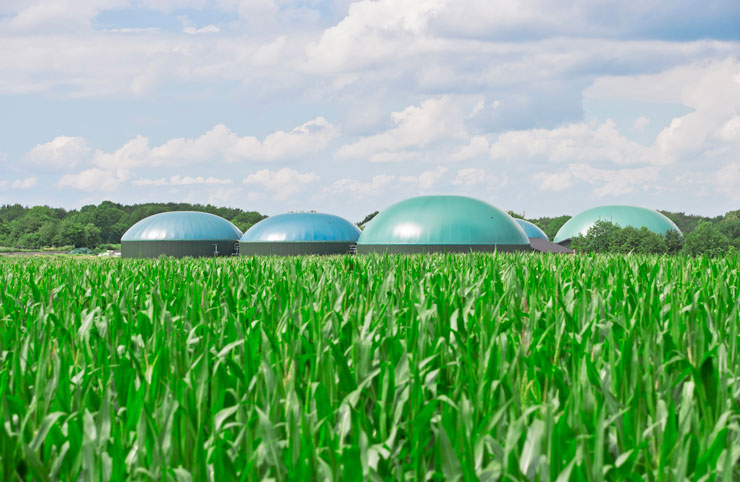
Figure 12 – Biomass Capacity in Canada
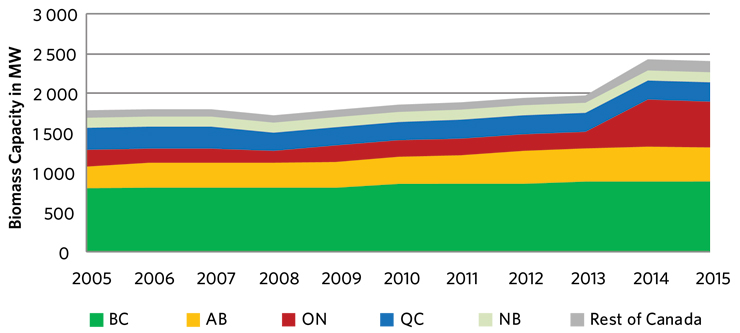
Source: Canada’s Energy Future 2016: Update – Energy Supply and Demand Projections to 2040
Description:
The stacked area graph shows biomass capacity in five Canadian leading provinces and the rest of Canada between 2005 and 2015. The five provinces with the largest biomass capacity are B.C., Alberta, Ontario, Quebec and New Brunswick. Biomass capacity fluctuates slightly between 2005 and 2013 and increases sharply in 2013 following a large addition in Ontario.
Figure 13 – Map of Biomass Power Plants in Canada
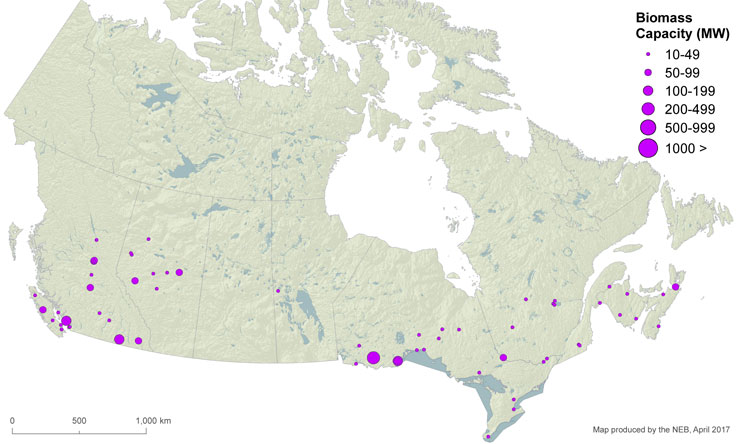
Description:
This map shows the location and approximate capacity of biomass power plants with a capacity of at least 10 MW across Canada. Most biomass facilities are located in B.C., Alberta, Ontario, Quebec, New Brunswick and Nova Scotia. One biomass facility is located in Manitoba. There are no biomass facilities with a capacity of at least 10 MW in Saskatchewan, PEI, Newfoundland and Labrador and the Territories.
Environment Considerations
Biomass is generally considered carbon neutral because the carbon dioxide (CO2) released from either burning or decomposing biomass approximately equals the CO2 that trees or plants take in from the atmosphere during their lives. If the trees harvested as biomass are replanted as fast as the wood is burned, new trees take up the CO2 produced by the combustion or decomposition. However, burning biomass results in air pollution and incremental carbon is emitted from cultivating, harvesting, processing, and transporting biomass.
Figure 14 – World Biomass Electricity Production (2015)
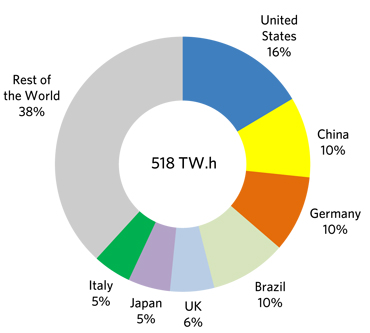
Source: BP World Energy Statistical Review
Description:
The donut chart shows biomass and geothermal generation of the top seven producers and the rest of the world. The top seven biomass and geothermal electricity producers are the United States, China, Germany, Brazil, the United Kingdom, Japan and Italy. Together, they produce almost three quarters of the world's electricity from biomass and geothermal which reached 518 TW.h in 2015.
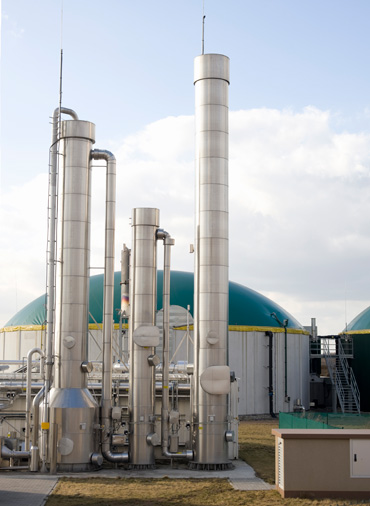
Market Issues
A major advantage of biomass plants is that they generate power on demand and can be used for base load generation, unlike other renewables that generate intermittently. However, fuel availability and transportation costs are major factors impacting the financial viability of biomass plants.
Sawmills typically convert about 45% of each log into lumber. The remaining sawmill waste (wood chips, shavings, and sawdust), can be used as feedstock in biomass plants, but can also be consumed by the pulp and paper industry or converted into wood pellets or fibreboards. This competition between users can limit the amount of wood biomass available for electricity generation.
Biomass plants can use standing timber (whole trees that have not yet been harvested for another purpose) provided they are cut in compliance with applicable permits. This requires the power generator to cover all costs of logging and transportation. According to BC Hydro estimates, the cost of producing electricity from wood waste in B.C. varies between $107 and $134/MW.h, while the cost of producing electricity from standing timber is $208/MW.h.
Transporting biomass feedstock over large distances is challenging. Biomass has lower energy density than coal or petroleum, which means that more biomass is needed to generate one unit of electricity. Biomass is usually transported by trucks, which is more costly than using trains or pipelines.
Because of these challenges, biomass plants are most economic when located close to fuel supplies. The economics can also be improved by using cogeneration units which produce both heat and electricity.
Collaboration with Finland for Biomass Expertise
Finland is one of the world leaders in biomass power. In 2015, it generated 11.3 TW.h of electricity from biomass (17% of total generation) compared to 3.7 TW.h in B.C. (6% of total generation). The main drivers for the use of biomass in Finland are its lack of alternative energy sources, cold climate, and the availability of waste biomass from the country’s sizeable forestry, wood products and paper industries. The wood used consists mostly of waste from those industries and is low quality wood with no competing uses.
Finland’s biomass power sector benefits from support programs such as research funding, tax relief, and production subsidies. Finland is also keen to promote
energy efficiency. Most of its biomass power plants are cogeneration plants which supply energy for heating as well as electricity. About 80 of them have a capacity of 20 MW or larger.
Forests cover about 60% of Finland, and the country is comparable to B.C. in terms of population, climate, and size of the forestry industry (based on annual volume of wood harvested). In June 2016, FP Innovations, a B.C. research agency, in conjunction with the University of British Columbia’s Forest Science Centre, proposed a partnership with Finland’s biomass industry to gain expertise in bioenergy best practices.
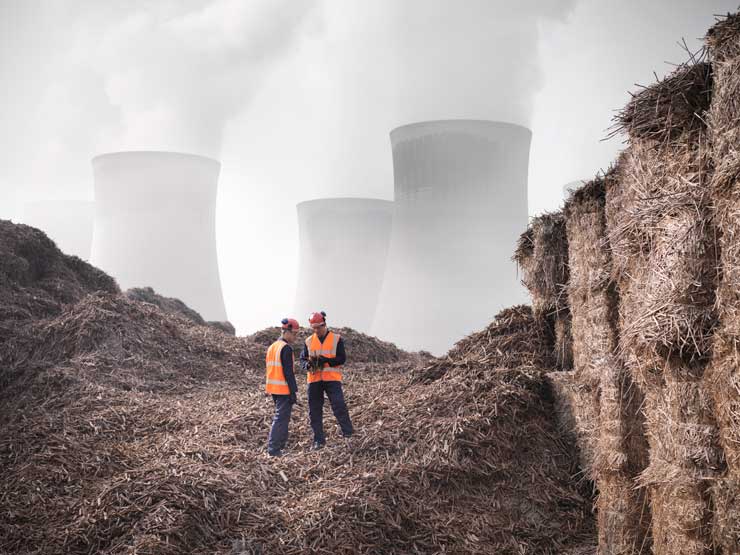
- Date modified:
